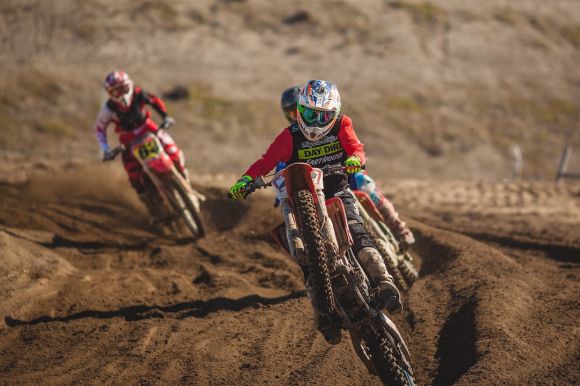When it comes to off-road riding, each type of terrain presents its own set of challenges. One particularly tricky terrain is clay soil. Known for its slippery and unpredictable nature, riding on clay soil requires specific techniques to ensure a safe and enjoyable experience. In this article, we will explore some essential off-road riding techniques for tackling clay soil.
Understanding Clay Soil
Before diving into the techniques, it’s important to understand the characteristics of clay soil. Clay soil has a high water-holding capacity, which means it can become extremely slippery when wet. Additionally, clay soil tends to become compacted and hard when dry, making it difficult to navigate. Being aware of these characteristics will help you anticipate and adapt to the terrain.
Tire Selection
Choosing the right tires is crucial when riding on clay soil. Opt for tires with aggressive tread patterns that can dig into the slippery surface and provide better traction. Look for tires specifically designed for off-road riding, with self-cleaning treads that prevent mud and clay from getting stuck.
Body Positioning
Maintaining the correct body position is essential for maintaining control on clay soil. Keep your weight centered and slightly forward, with your elbows up and knees bent. This position will help you stay balanced and allow the bike to move underneath you, making it easier to navigate through challenging sections.
Throttle Control
One of the most important techniques for riding on clay soil is mastering throttle control. Smooth and gradual application of throttle is key to maintaining traction. Avoid sudden or aggressive bursts of throttle, as this can cause the rear wheel to spin and slide. Instead, gently roll on the throttle, gradually increasing speed as you gain confidence and traction.
Braking Techniques
Braking on clay soil requires finesse and precise control. Avoid sudden or hard braking, as this can cause the tires to lock up and slide. Instead, use your brakes gently and progressively, applying both the front and rear brakes together. This technique helps maintain stability and prevents the wheels from locking up.
Cornering
Cornering on clay soil can be particularly challenging due to the lack of traction. Approach corners at a controlled speed and lean your body weight into the turn. As you enter the corner, maintain a steady throttle, avoiding sudden changes in speed or direction. Keep your eyes focused on the exit of the corner, looking ahead to anticipate any potential obstacles.
Maintaining Momentum
In slippery conditions like clay soil, it’s important to maintain momentum to avoid getting stuck. Keep a steady speed and avoid unnecessary stops or sudden changes in direction. If you do encounter a challenging section, such as a steep incline or deep rut, maintain a consistent throttle and try to power through it.
Conclusion: Mastering Off-road Riding on Clay Soil
Riding on clay soil may be challenging, but with the right techniques, it can also be incredibly rewarding. By understanding the characteristics of clay soil, choosing the right tires, and practicing proper body positioning, throttle control, braking, cornering, and maintaining momentum, you’ll be well-equipped to tackle this terrain with confidence. Remember to always prioritize safety and gradually build your skills and experience. So gear up, get out there, and embrace the adventure of off-road riding on clay soil!
